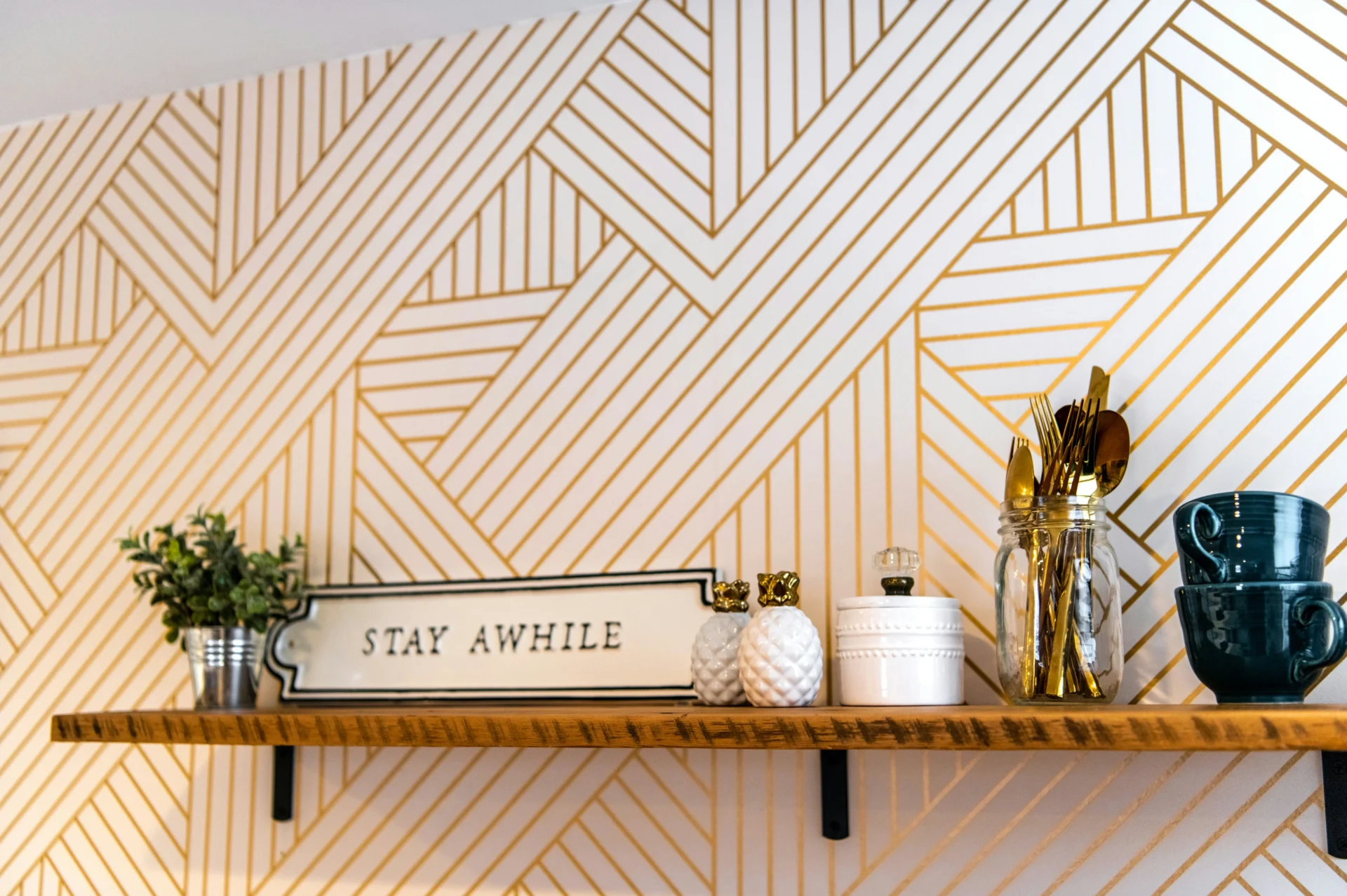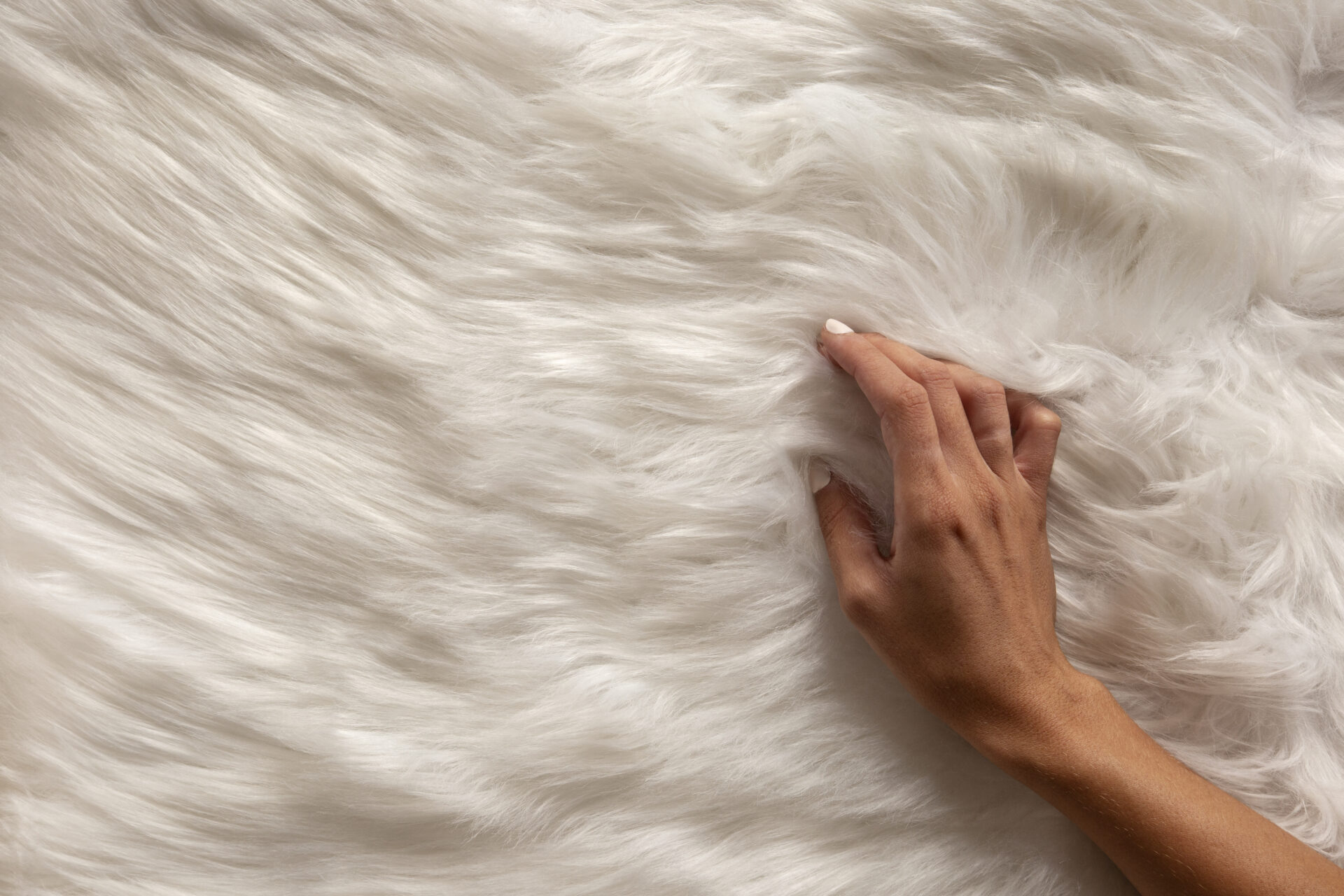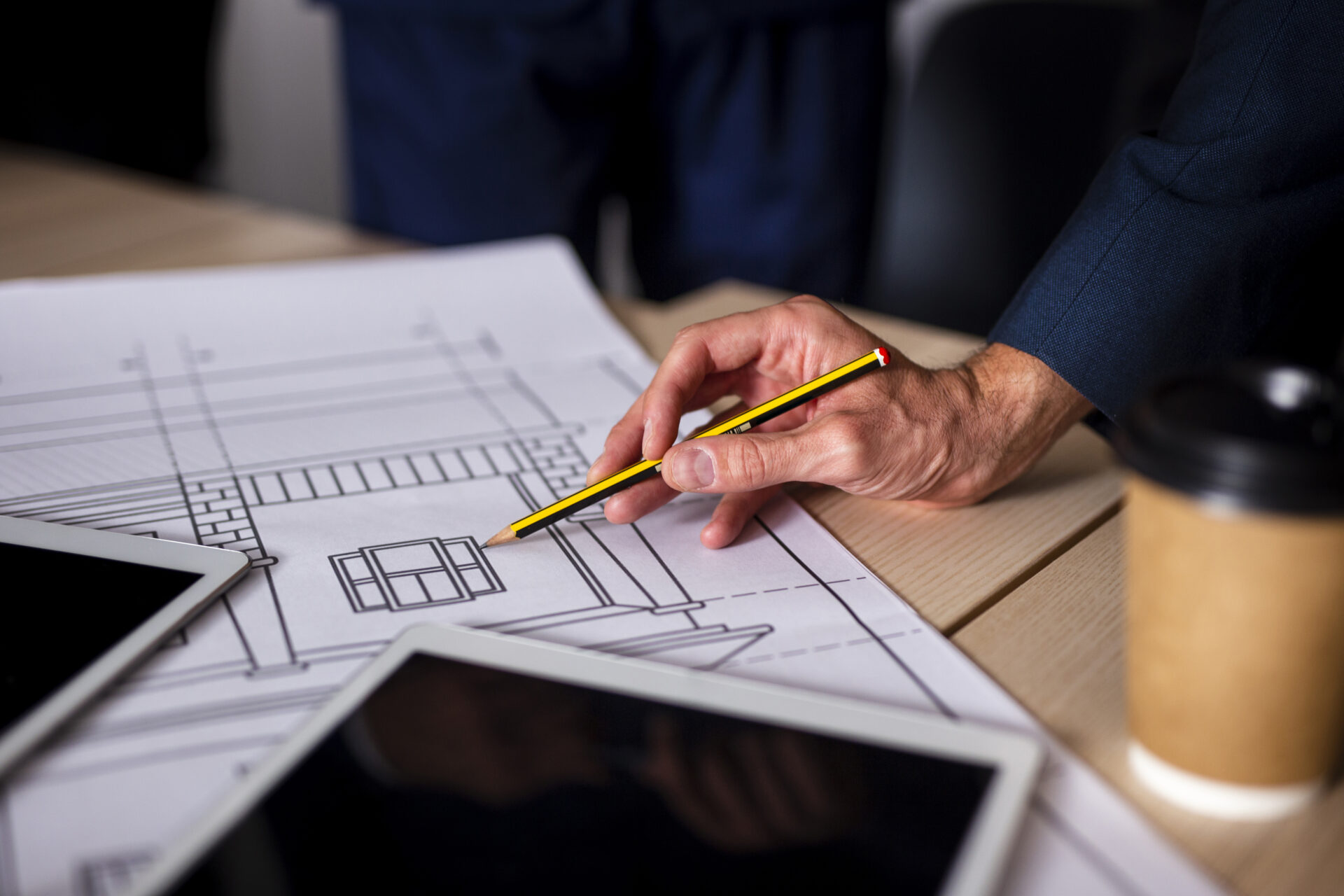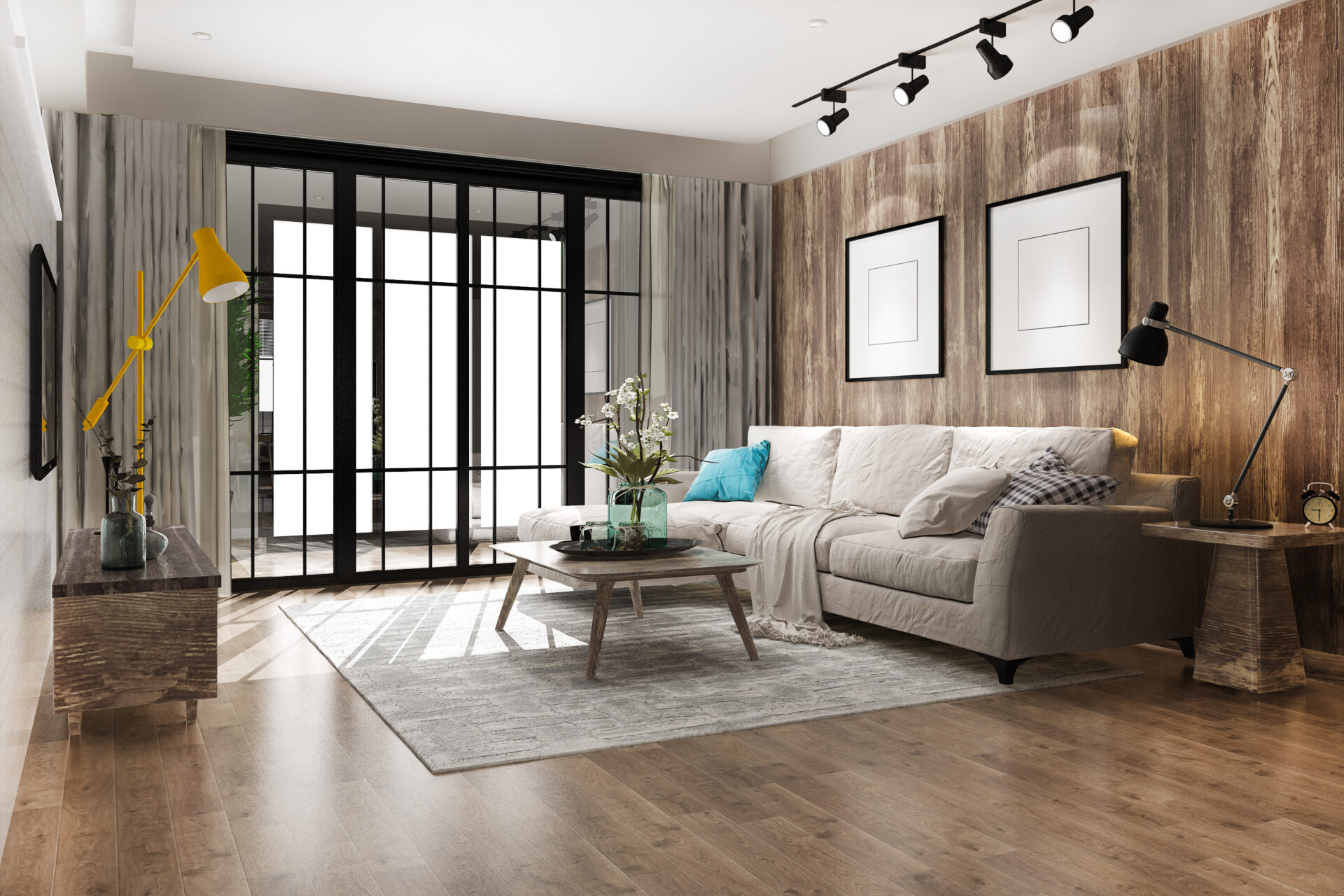
8 Essential Aspects of Office Interior Design
Contact UsIntroduction to Office Interior Design
Today’s dynamic workforce doesn’t just seek a place to perform tasks; they desire environments that stimulate the mind and nurture the soul. As brands vie for the best talent and vie for optimum productivity levels, the significance of office interior design rises. Rooted in psychology, architecture, and business goals, a well-designed office is an orchestra of aesthetics, functionality, and brand ethos.
The Importance of a Well-Designed Office Space
When one mentions office design, the mind might first jump to the idea of sleek furniture or coordinated colour palettes. However, the significance of a well-designed office space delves much deeper, intersecting the realms of productivity, psychology, and corporate branding.
Boosting Productivity and Enhancing Focus
The layout of an office, the furniture used, and even the colours chosen can play pivotal roles in enhancing or inhibiting an employee’s productivity. An overcrowded or poorly lit space can cause distractions, reducing concentration and increasing the time taken to complete tasks. Conversely, an office designed with ergonomic furniture, optimal lighting, and strategically placed workstations can streamline workflows, minimise distractions, and thereby boost overall productivity.
Employee Well-being and Mental Health
The environment we spend our time in profoundly impacts our mental health. An office space that feels cramped, is overly noisy, or lacks natural elements can induce stress, reduce job satisfaction, and even lead to burnout. On the other hand, spaces infused with natural light, greenery, and comfortable seating can boost morale, reduce stress levels, and promote a general sense of well-being. A well-designed office acts as a sanctuary, a place where employees feel valued and cared for.
Fostering Collaboration and Team Cohesion
Modern businesses thrive on collaboration. The days of isolated cubicles are giving way to open-plan designs and communal areas that foster interaction and teamwork. A well-designed office considers the balance between private spaces—for tasks demanding deep focus—and communal areas where teams can brainstorm, collaborate, and bond. The spatial flow can significantly influence interpersonal relationships and the seamless blending of varied skill sets.
Reflecting and Reinforcing Brand Identity
The design of an office isn’t just about its inhabitants; it’s also a powerful statement of a company’s brand, values, and ethos. Clients, partners, and prospective employees stepping into the office should immediately grasp the company’s identity. A well-coordinated design that mirrors the company’s brand not only reinforces corporate identity internally but also projects a consistent and powerful image to the outside world.
Adapting to Evolving Needs
A hallmark of excellent office design is flexibility. As businesses evolve, their spatial needs can shift. Modular designs, adaptive workstations, and multi-purpose spaces ensure that the office can morph according to changing requirements without necessitating frequent and expensive overhauls.
1. Space Optimisation in Office Interior Design
The Balance Between Openness and Privacy
The office layout debate isn’t binary. There’s no one-size-fits-all.
The Rise of Modular Workspaces
Modular designs, like sliding panels or rolling desks, allow space to be reshaped according to the tasks or events of the day, facilitating both collaborative and solitary work.
The Importance of Flexible Work Areas
Spaces that can swiftly convert from a quiet reading corner to a vibrant team brainstorming hub champion adaptability, fostering a dynamic workplace.
2. Lighting Elements
Natural vs. Artificial Lighting
The interplay between shadow and light can significantly impact cognitive function and emotional well-being.
The Role of Daylight Harvesting
Modern systems can now adapt artificial lighting depending on the sunlight influx, guaranteeing optimum illumination while championing sustainability.
Choosing the Right Artificial Light Temperature
From the sharp blues that promote alertness to the gentle yellows that beckon relaxation, the choice of artificial light can be pivotal in steering mood and productivity.
3. Ergonomics and Comfort
Importance of Ergonomic Furniture
We’re in an era where the detrimental effects of sedentary work lifestyles are well-understood.
Desk and Chair Dynamics
Desks and chairs that adjust to the user, rather than vice versa, are instrumental in preventing back issues, eye strain, and other work-related ailments.
Designing for Movement and Flexibility
Promoting ‘active sitting’, integration of ergonomic tools like balance ball chairs, or even under-the-desk cycles, encourages micro-movements, combating the ills of prolonged sitting.
4. Colour Psychology in Office Interior Design
How Colours Affect Productivity and Mood
Research indicates that our environment’s colour palette can evoke a wide spectrum of emotions and behaviours.
Choosing the Right Palette for Your Office
Opting for hues that align with brand values while also enhancing concentration, creativity, or calmness can weave magic into the work atmosphere.
5. Incorporating Biophilic Design
The Role of Nature in Boosting Employee Well-being
Humans inherently yearn for nature’s connection, a principle biophilic design leverages.
Plants, Water Features, and Natural Materials
Introducing indoor plants can purify air and enhance cognitive function. Similarly, water features or even audio elements mimicking natural sounds can bring serenity amidst workplace hustle.
6. Acoustics and Noise Management
The Impact of Noise on Productivity
Sudden sounds or even a persistent hum can disrupt thought processes, leading to fragmented and less effective work cycles.
Soundproofing Solutions
Strategic placement of sound-absorbing materials, from plush carpets to ceiling baffles, can curtail echo and maintain a sound equilibrium.
Designing Quiet Zones
Dedicated zones, devoid of digital disturbances and chatter, can serve as sanctuaries for high-focus tasks.
7. Technological Integration
Smart Offices and Automation
As we tread into the future, technology and space design are becoming increasingly symbiotic.
Wiring and Connectivity Solutions
In an age of IoT and smart devices, concealed yet accessible wiring solutions, coupled with robust Wi-Fi and connectivity options, form an office’s digital backbone.
Future-proofing Your Office Space
Keeping space adaptable for emergent technologies, be it AR interfaces or AI-driven tools, ensures the office remains relevant and efficient.
8. Branding and Aesthetic Consistency
Reflecting Company Values and Identity
Your office is a 3D representation of your brand’s story, mission, and values.
Utilising Art and Décor to Emphasise Branding
Handpicked art, inscribed quotes, and signature decorative elements not only embellish but also consistently echo brand essence and ethos.
Partnering with Thomas Vooght Design
Tailoring Excellence to Your Office Space
In the expansive universe of office interior design, standing out requires a unique blend of artistry, pragmatism, and a keen understanding of a brand’s essence. This is where Thomas Vooght Design makes its indelible mark.
A Symphony of Vision and Practicality
At the heart of Thomas Vooght Design lies a philosophy that intertwines the ethereal with the earthly. Every design is not just a culmination of trends but is tailored to reflect the brand’s core, ensuring a harmonious blend of the company’s legacy, current culture, and aspirational future.
Commitment to Client Collaboration
Thomas Vooght Design isn’t just about imposing a vision but sculpting it together with the client. Their approach is deeply collaborative, valuing feedback loops and iterative designing. It’s a journey of co-creation, where the final space resonates deeply with those who inhabit it.
Sustainable and Future-forward Approaches
With a deep-seated commitment to sustainability, designs by Thomas Vooght aren’t just about the now. They’re about the tomorrow. Leveraging eco-friendly materials, championing energy-efficient solutions, and weaving in modularity ensures that every space is future-proof and in harmony with the environment.
Unparalleled Execution Precision
The difference between a good design and an outstanding one often lies in execution. Thomas Vooght Design prides itself on its meticulous attention to detail, ensuring that the final constructed space is a mirror reflection of the envisioned design, down to the last inch.




